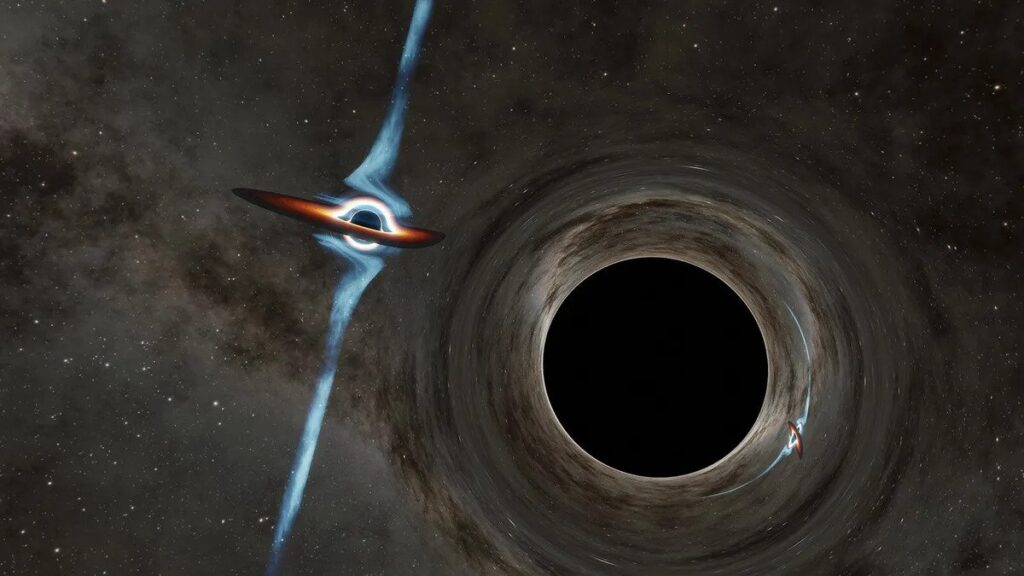Scientists have calculated the size of supermassive black holes 4 billion years ago and have concluded that they were more massive than previously thought. This is important for estimating the appearance of “background gravitational waves.”

Supermassive Black Holes 4 Billion Years Ago
Joseph Simon, a researcher from the Department of Astrophysical and Planetary Sciences at the University of Colorado Boulder, recently estimated the masses of supermassive black holes 4 billion years ago. These gigantic objects exist in every large galaxy and are at the center of its rotation.
However, scientists have primarily studied stellar systems in the vicinity of the Milky Way. This means that we mostly know black holes as they are today. There are also studies of very distant galaxies that we see as they were at the dawn of the Universe, and these studies also raise many debates.
In this new study, the scientist was able to analyze a collection of images of galaxies that are billions of years away from us. Among these objects, he found some of the largest black holes in the Universe. This is quite surprising considering that, according to current theories, they were expected to be significantly smaller than contemporary ones.
Background Gravitational Waves
Simon does not explain what could exactly account for this discrepancy between the observed data and the theory. He is interested in something else. For many years, he has been studying background gravitational waves. Typically, these spacetime oscillations occur when two black holes merge together. These are singular events detected by the LIGO and VIRGO detectors.
However, scientists believe that there should also be background gravitational waves that could be observed continuously but are too weak for modern instruments to detect. They reach us from the mergers of supermassive black holes that occurred long ago and far away.
To understand what to look for, scientists need to estimate how often and during which period in the history of the Universe these mergers took place. The answer to this question lies in observing how the masses of supermassive black holes have changed throughout the history of the Universe.
Source: phys.org

